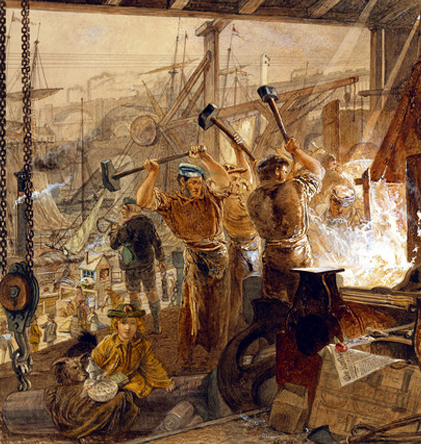Andrew Graham-Dixon on a new show that examines the artistic patrons of Victorian Tyneside
IN 1844 The Penny Magazine carried a description of Tyneside, heartland of what would later be termed the industrial revolution: 'The busy Tyne exhibits along both its banks, all the way from Newcastle to Shields (a distance of seven or eight miles) a continued succession of factories - here of glass, there of coarse pottery, at other spots chemicals, lead, ironworks, oil mills, engine factories and others which tend to swell the importance of this bustling and thriving neighbourhood.' Ruskin was less impressed, passing through Newcastle in 1863 and finding the place 'ghastly and frightful'. He chose not to lecture there.
'Pre-Raphaelites: Painters and Patrons in the North East', at Newcastle's Laing Gallery, is an unusual, imaginative exhibition. Its subject is not really the Pre-Raphaelites but their patrons on Tyneside, its starting point an observation made by FGStephens, art critic in chief for the Athenaeum, some 10 years after Ruskin had written off Newcastle as a cultural dead loss. 'Pictures which may be called poetical are encountered in unexpected numbers near Newcastle,' he noted with surprise, in close proximity to 'noise, smells and squalor'. This show seeks to explain, or at least to examine, why it was that the captains of the new indus-tries of the north-east should have been so peculiarly attracted to the avant-garde art of High Victorian Brit-ain.
William Bell Scott, a little known Victorian painter who was uncharitably remembered by Algernon Swinburne as an 'imbecile, doting, malignant, mangy old son of a bitch', is both the discovery of this show and the creator of its centrepiece, Iron and Coal: The Nineteenth Century. This is an impressive if somewhat ungainly painting and probably the most strident piece of Novocastrian propaganda ever painted. A...


